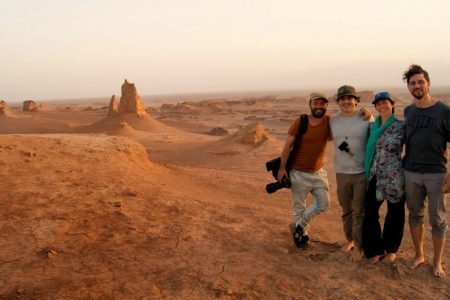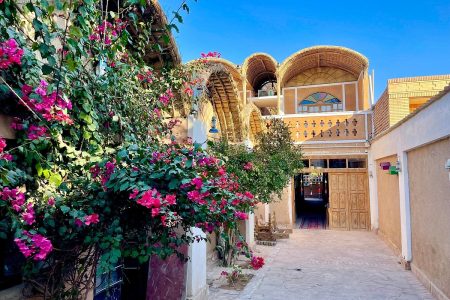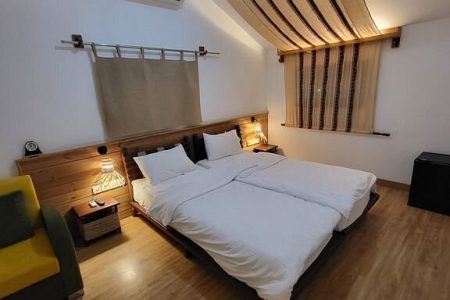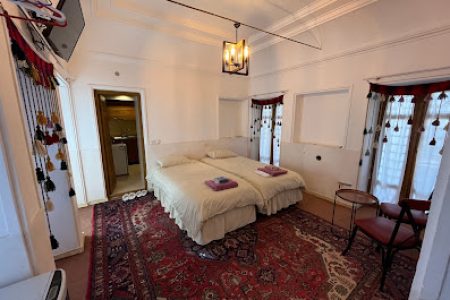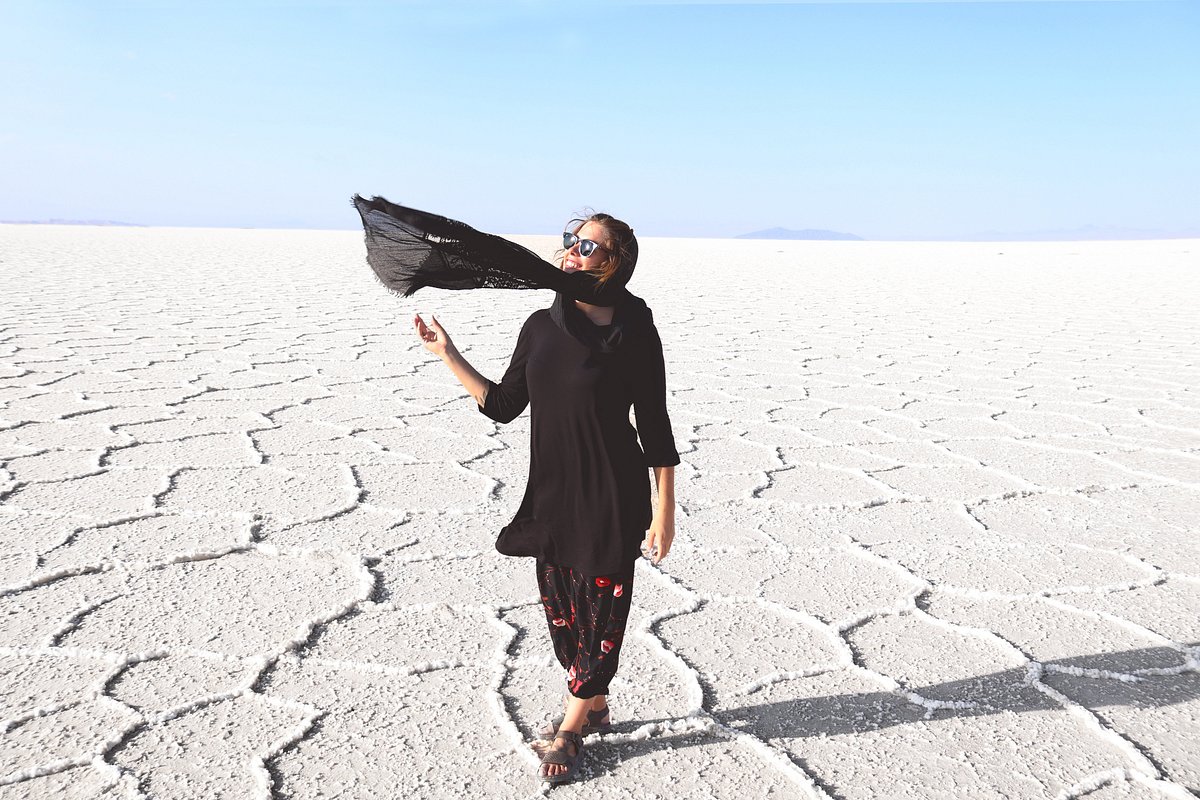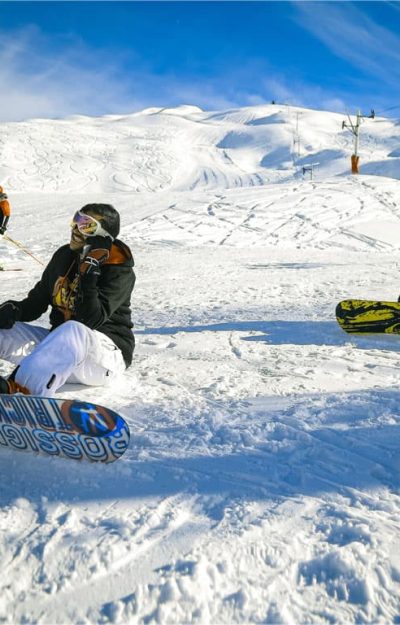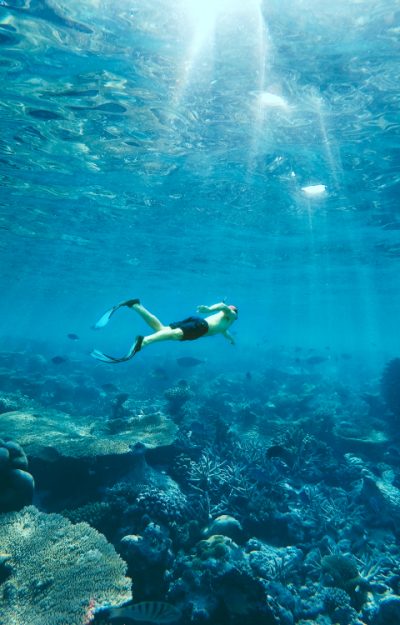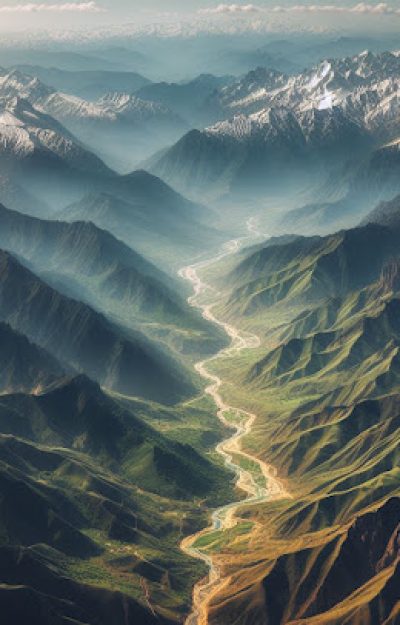Why to visit Lut desert?
However, it would be a simplification to view the Lut merely through the lens of its extreme temperatures and expansive dunes. In a captivating dichotomy, the desert’s seemingly inhospitable environment secretly cradles an oasis of life, where endemic species, such as the Lut fox and various extremophile microorganisms, cleverly navigate its brutal climes and astonishingly thrive amidst adversity.
Visitors to the Lut Desert are often struck by its breathtaking yardangs, spectacular mega-ripples of sand and rock meticulously carved by the diligent hands of aeolian processes. These dramatic formations, resembling the ruins of ancient citadels, rise majestically from the desert floor, inviting intrepid explorers to delve into the mysteries concealed within their sandy corridors. For the adventurous soul, the desert becomes a boundless playground, offering an unparalleled canvas upon which to etch their explorations under the gaze of a billion stars that festoon the desert night.
Yet, despite its ostensible barrenness, the Lut bears silent witness to the passage of ancient caravans, traders, and explorers, weaving an invisible tapestry of historical narratives that permeate through the sands of time. The desert, in its timeless isolation, has played reluctant host to the relentless march of empires, from the Parthians to the Sassanians, and subsequently, the Silk Road traders who dared to traverse its merciless expanse in pursuit of prosperity.
Today, this UNESCO World Heritage Site stands not merely as a geographical marvel but as a testament to the indomitable spirit of life in the face of seemingly insurmountable odds. For the discerning traveler, a journey through the Lut Desert transcends a mere physical expedition, morphing into a spiritual odyssey through a landscape that defies the ephemeral nature of human existence.
Visiting the Lut Desert imparts a unique, ethereal experience, wherein the palpable silence, interrupted only by the whispering winds, provides a sublime, introspective space where one may gaze inward, even as they traverse the endless outward expanse. Whether marveling at the radiant hues of a desert sunset, navigating the serene brutality of its landscapes, or tracing the ephemeral footprints of bygone travelers, one discovers that the Lut, in its stark, desolate beauty, ceaselessly enchants, mystifies, and humbles all who wander into its ancient, sandy embrace.
Nonetheless, travelers venturing into this formidable wilderness must do so with respect and preparation, ensuring they tread lightly upon its fragile ecosystems and equip themselves adequately against its harsh, unyielding conditions. With mindful exploration, the Lut Desert remains an unspoiled bastion of Earth’s sublime natural artistry, awaiting the footprints of the next wanderer lured by its enigmatic allure.




